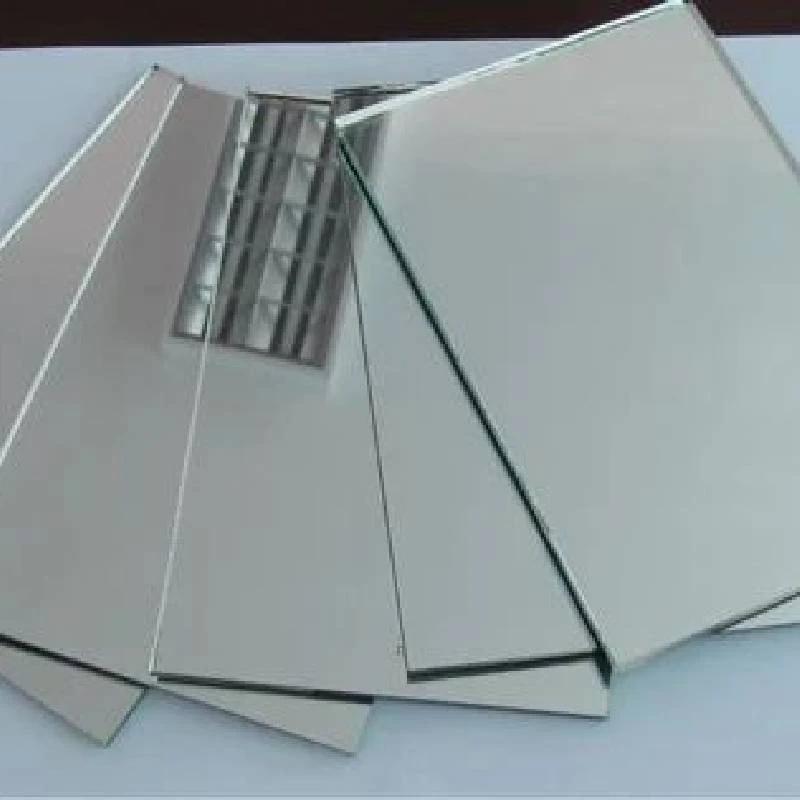

The Transformation of Glass From Clear to Frosted
Glass, a versatile and cherished material, plays a critical role in our daily lives, from architectural wonders to everyday items. One of the most fascinating transformations in glass design is the shift from a clear, transparent state to a frosted appearance. This transition not only alters the aesthetic appeal of glass but also enhances its functionality in various applications.
Initially, clear glass is prized for its clarity, offering unobstructed views and allowing maximum light to filter through. It serves to create spacious and airy environments, making it a popular choice for windows and display cases. However, there are instances when clarity can be detrimental. For example, in a bathroom setting, clear glass may inadvertently compromise privacy. Herein lies the beauty of frosted glass, which serves as an elegant solution to this challenge.
The Transformation of Glass From Clear to Frosted
Moreover, the frosted finish on glass opens up a new realm of design possibilities. Patterns and designs can be integrated into the frosted surface, allowing for creative expressions that are both functional and visually striking. This customization makes frosted glass a favored option for decorative elements like glass doors, room dividers, and light fixtures. Businesses often use frosted glass panels featuring their logos to subtly promote brand identity while maintaining an elegant workspace.

The use of frosted glass extends beyond aesthetics—it also plays a role in energy efficiency and glare reduction. In environments where sunlight can be overwhelming, frosted glass can be strategically placed to manage light levels while still allowing natural illumination. This quality can aid in reducing reliance on artificial lighting, contributing to sustainability efforts—a growing priority in modern design.
Frosted glass is not only functional but also lends a touch of sophistication to any space. It encapsulates a unique blend of utility and artistry, making it a favored choice among architects and interior designers. Whether used in commercial buildings or residential homes, frosted glass invites a sense of calm and elegance, transforming ordinary spaces into extraordinary ones.
Furthermore, the balance of privacy and transparency that frosted glass provides makes it a key player in open-plan designs. In contemporary architecture, where the open-concept layout often prevails, frosted glass panels can demarcate spaces without creating a sense of enclosure. This allows for collaboration and communication while ensuring personal space is respected.
In conclusion, the journey from clear to frosted glass symbolizes more than just a physical transformation; it reflects a nuanced understanding of design that values both beauty and practicality. As our environments evolve, so too does the innovative use of materials like frosted glass, allowing it to maintain its relevance and appeal in an ever-changing world. Whether it’s enhancing privacy, adding a stylish touch, or improving energy efficiency, frosted glass truly stands out as a remarkable choice in modern design.